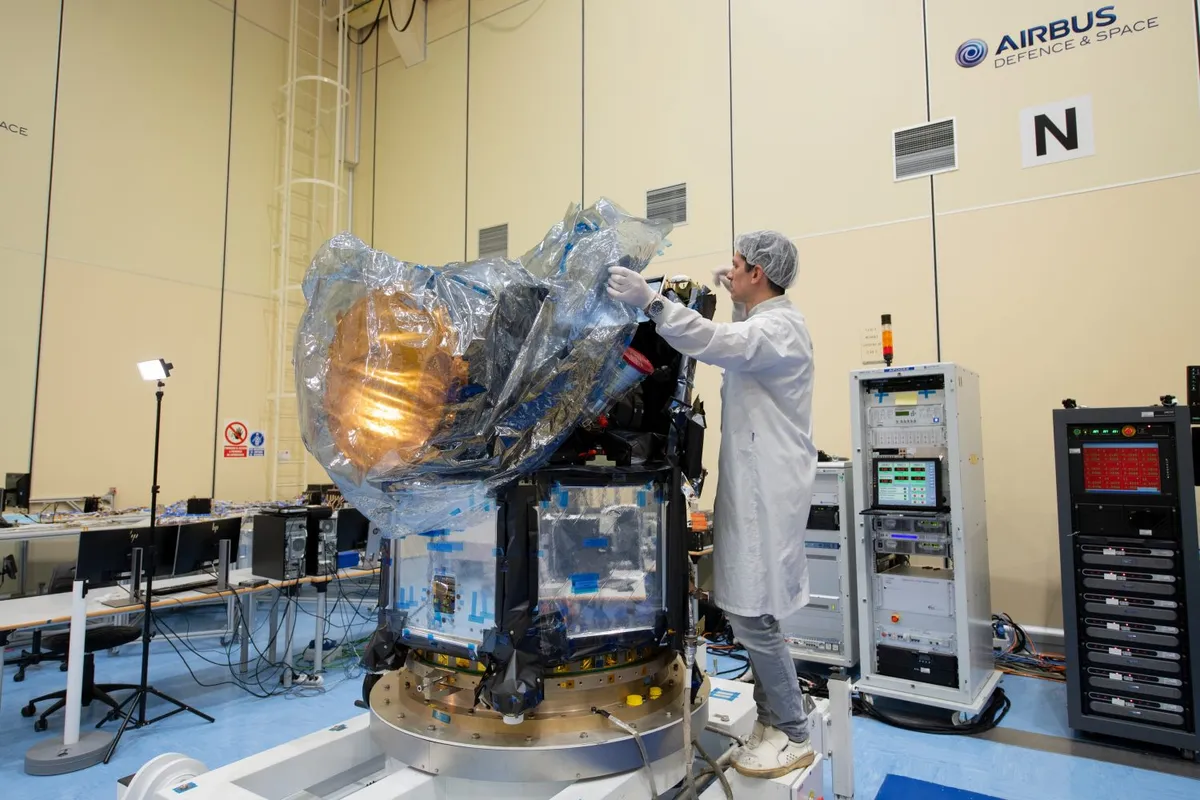On 17 December 2019, the space telescope CHEOPS (CHaracterising ExOPlanet Satellite) will launch into space to begin a 3.5-year mission to investigate exoplanets (planets outside our Solar System).
CHEOPS will work by observing stars known to have planets orbiting them and measuring tiny changes in brightness that occur when an orbiting planet passes in front of them.
Since these brightness changes are proportional to the surface of the transit planet, it will be able to measure the size of the planets.
Read more about exoplanet-hunting missions:
The mission will target planets larger than Earth and smaller than Neptune.
Taking off onboard a Soyuz rocket from the European Space Agency's spaceport in Kourou, French Guiana, alongside a payload comprising a satellite belonging to Italy’s Cosmo-SkyMed and five nanosatellites, so-called ‘CubeSats’, the CHEOPS telescope will be freed of its rocket after just 140 minutes and will go into orbit 700km above Earth.
All being well, the telescope will begin returning data early in 2020 to CHEOPS Mission Control in Madrid and CHEOPS Science Operations in Geneva.

After seven years of preparation, the launch won’t be without nerves.
David Ehrenreich, CHEOPS Mission Scientist, says: “I will only really be able to sleep peacefully again once CHEOPS has reached its orbit and is fully functional.”
CHEOPS will follow up on hundreds of bright, planet-hosting stars identified by ground-based spectroscopic surveys in recent years and will use ultra-high-precision photometry to measure miniscule changes in brightness caused by the transiting planets.
Unlike, for example, the TESS (Transiting Exoplanet Survey Satellite)Mission, CHEOPS’ specific focus is exoplanets already identified.
“By targeting known systems, we know exactly where to look in the sky and when in order to capture exoplanet transits very efficiently,” says Willy Benz, CHEOPS principal investigator at the University of Bern, Switzerland.
I can’t believe we are the only living entity in the Universe. There are too many planets, too many stars, and the chemistry is universal.
Didier Queloz, CHEOPS science team chair.
Measurements of planet size, combined with existing data about the masses of planets, will help researchers establish the exoplanets’ mean density, composition and structure – whether, for example, they are ice giants like Neptune, lava worlds, or rocky, ocean-bearing planets like Earth.
One driver will be finding which exoplanets may feasibly support life.
The CHEOPS science team is chaired by Didier Queloz, 2019 winner of the Nobel Prize for Physics for his work discovering exoplanets.
Queloz recently predicted that humans will discover extraterrestrial life in the next 30 years:
“I can’t believe we are the only living entity in the Universe. There are just way [too] many planets, way too many stars, and the chemistry is Universal.
The chemistry that led to life has to happen elsewhere. So I am a strong believer that there must be life elsewhere.”
